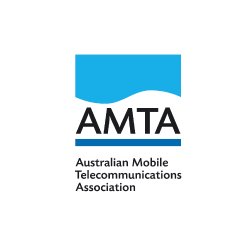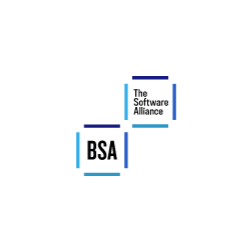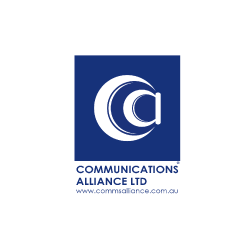Have Your Say On . . .
Online
Safety Codes
Industry associations sought views from the public on the draft online safety codes between September 1 and October 2, 2022. They have now submitted the codes to the eSafety Commissioner for consideration for registration. If registered, the codes become enforceable six months after registration.
Online Safety Codes
Under the Online Safety Act, industry associations must develop codes of practice to protect Australians from Class 1 content under Australia’s classification scheme. Industry associations have now released a draft of the code for public consultation and want to hear your views.
After this period of public consultation, the code will be updated by industry associations and registered by the Office of the eSafety Commissioner. Once in effect, this code will create industry-wide protections for Australians in relation to materials such as child sexual exploitation material, pro-terror content, and extreme crime and violence.
The codes will be enforceable by the Office of the eSafety Commissioner for eight sections of the online industry, including social media services, providers of relevant electronic services (includes any services with messaging, and gaming), providers of designated internet services (includes all websites in Australia), providers of internet search engine services, providers of app distribution services, providers of hosting services, providers of internet carriage services, and persons who manufacture, supply, maintain or install certain equipment (includes retailers).
Code Documentation
Industry associations have released a draft code of practice for public consultation, together with an explanatory paper that provides more context on the approach.
In developing this code, industry associations reflected the detailed regulatory requirements for the code outlined by the Office of the eSafety Commissioner in their September 2021 position paper.

Draft Industry
Codes
These are drafts of the industry codes of practice under Online Safety Act on Class 1 content, organised by industry section, on which we have sought your views during public consultation in September 2022.

Industry Explanatory
Paper
This is an explanatory paper that explains the approach taken in the draft industry code, which should be read as a companion document to the codes.

eSafety Position
Paper
This is the regulatory guidance released by the Office of the eSafety Commissioner on the requirements for the code.
Submissions
About Us

Australian Mobile Telecommunications Association

BSA | The Software Alliance

Communications Alliance

Consumer Electronics Suppliers Association

Digital Industry Group Inc

Interactive Games and Entertainment Association
Frequently Asked Questions
What will this code achieve for consumers concerned about online safety?
What types of content are covered under this code? What does 'Class 1' content mean?
Class 1A is any material which:
- promotes or provides instruction of paedophile activity (‘child sexual exploitation’),
- advocates the doing of a terrorist act, including terrorist manifestos (‘pro-terror’),
- describes, depicts, promotes, instructs or otherwise deals with matters of extreme crime, cruelty or violence (including sexual violence) without justification (for example, murder, suicide, torture and rape), (‘extreme crime and violence’).
Class 1B is any material which:
- describes, depicts, expresses or otherwise deals with matters of crime, cruelty or violence without justification (‘crime and violence’),
- promotes, incites or instructs in matters of crime or violence (‘crime and violence’),
- describes, depicts, promotes, instructs or otherwise deals with matters of drug misuse or addiction without justification (‘drug-related content’)
Industry has further developed and defined each subcategory with reference to the national classification scheme. Please see the Head Terms, including Annexure A, for further detail.